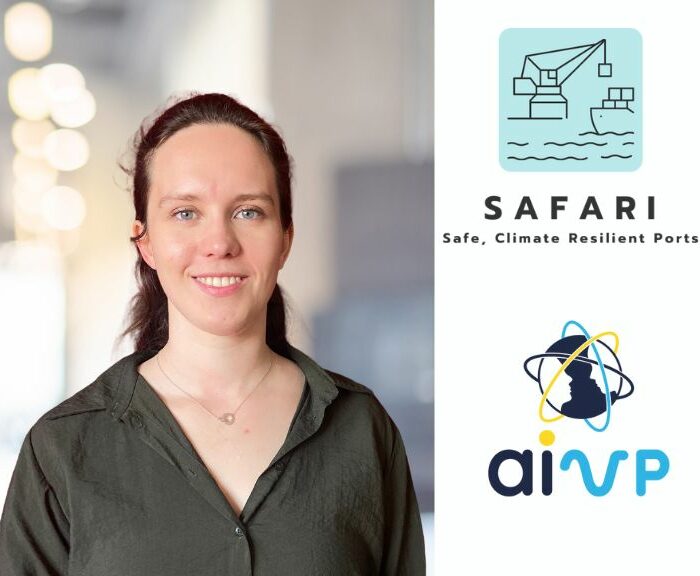An interview with Mr Joan GUAL DE TORRELLA GUASP, Chairman of the Port Authority of the Balearic Islands
Going for a stroll around Ibiza’s Marina today bears little resemblance to what the residents of this beautiful Mediterranean town, declared a World Heritage Site by UNESCO, experienced less than a decade ago. The port on the largest of the Balearic Islands has seen considerable change over the last 15 years and is in the midst of a unique restyling project.
The Port Authority of the Balearic Islands is member of AIVP since 1995.
AIVP – What were the main objectives of the Port Authority of the Balearic Islands (APB) when the transformation and redesign of the Port of Ibiza got underway?
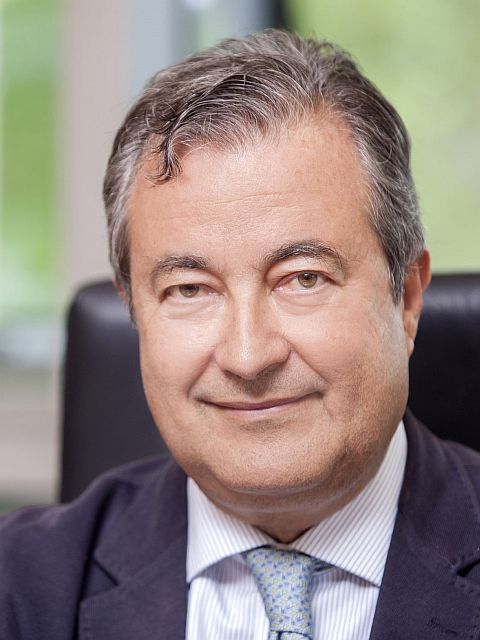
Joan GUAL DE TORRELLA GUASP, Chairman – The APB drew on the successful models and excellent work carried out in ports such as Barcelona, Malaga and Alicante in order to open up our own much-loved port to local people whilst strengthening its multifunctional character and bearing in mind its key social and economic role as the gateway for incoming and outgoing passengers and goods.
So Ibiza signed up for the port-city model, which is a bit like painting with a brush whose strokes blur the barriers separating the port from the town, turning it into an open, contemporary and well-equipped space, into a new recreational area on the waterfront for a more vibrant Ibiza.
The new Port of Ibiza is a wonderful introduction for people coming to the island by sea for the first time and also a source of pride for anyone who has been away from their home for a while. It is the place people long to return to.
AIVP – The first stage of this plan began in 2003. Can you summarise the main stages and tell us how the plan has changed the relationship between the Port of Ibiza and the town and its citizens?
Joan GUAL DE TORRELLA GUASP, Chairman – 2003-2013, the start of everything… The transformation of the Port of Ibiza needs to be broken up into parts. Its appearance has been gradually changed over many months of designs, blueprints, numerous phases and lots of hard work.
The first step was commissioning the Botafoc breakwater in 2003. Following that, the new Botafoc quays were built to handle goods and passengers from ferries and cruise liners.
After port traffic operations had been moved from the old Marina area to the new commercial Botafoc quays on 1st July 2013, the APB began restructuring the Port of Ibiza’s waterfront. This includes the public port land running from the fishing quay to “el Muro” or outer breakwater, i.e., the area closest to the town’s historic quarter. This move meant that the town gained a whole new area which had traditionally been used for heavy industrial port operations.
May 2017, end of the first phase of the great transformation of the port-city interface.
In the first phase to redesign the waterfront, the section between the “el Muro” or outer breakwater and the start of Ribera Quay was tackled. This involved turning the port’s south quay into a pedestrian area to meet a long-standing demand from local users. This renovation of the port-city environment right along the Marina, which included the comprehensive redesign of public port land, finished in May 2017 with the construction of a building as a public mirador and a plaza on the Contramuelle quay.
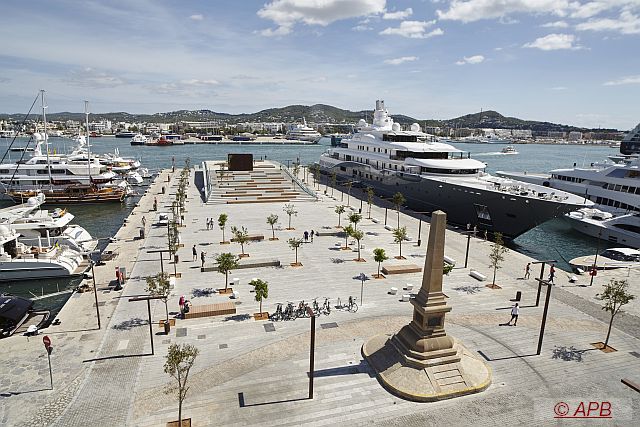
This phase will be followed by moving the area used for traffic to and from Formentera to the commercial quays, and finally the waterfront will be refurbished, including the area between the start of the Ribera Quay and the fishing quay. In other words, from the oldest part, closest to the town’s historic quarter, to the most modern area.
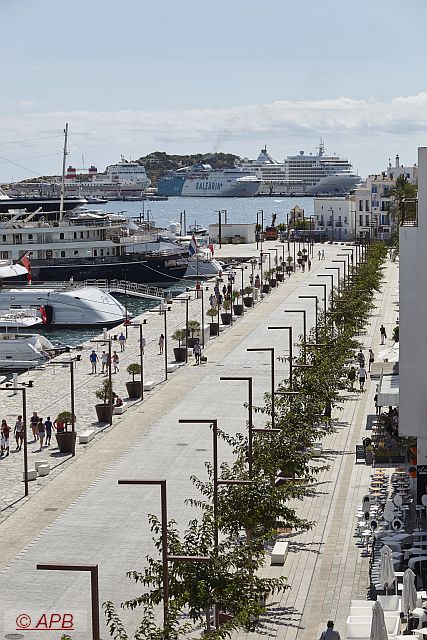
This redesign aims to meet the long-standing calls by Ibiza’s residents to be able to use the port’s southern area. It also means we can coordinate sea operations with the town’s activities and drive the area’s economy. The image of the port is now as somewhere to go for a stroll with as many pedestrianised areas as possible, a varied range of additional facilities, open spaces, and so on. In a nutshell, it is somewhere for people to have fun and today it is more vibrant than it has ever been. All of this will be rounded off with complete pedestrianisation throughout the entire port in partnership with the private sector which will open up their sports nautical concessions so that passers-by can just walk through them.
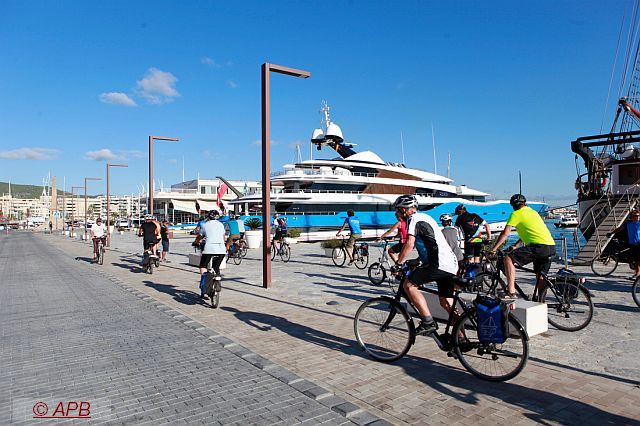
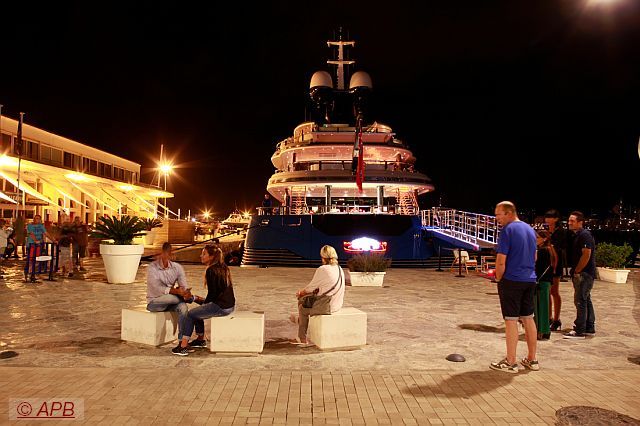
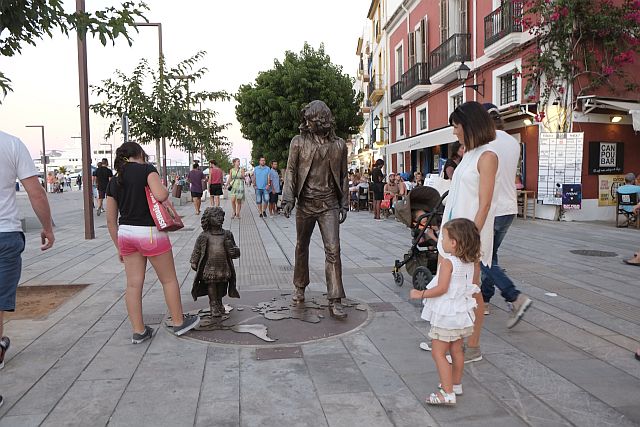
This makeover also helps to control road traffic, which will be restricted to vehicles directly connected with port operations, ones linked to the commercial premises on the waterfront and some residents’ vehicles.
Bit by bit this removal of physical limitations and opening up to local people will mean that the Port of Ibiza gains the port-city image we are looking for.
AIVP – What’s left to be done now in 2017 and can we take stock of the progress made to date?
Joan GUAL DE TORRELLA GUASP – 2017, a crucial year… After six months’ hard work we completed the transformation of the port-city setting in the Port of Ibiza’s Marina area in May 2017 with the refurbishment of the Contramuelle quay. This quay is also known as es Martell (‘the Hammer’) and is the centrepiece of the work done between the Levante or Consigna quays and the Poniente or Inner quays, which has upgraded it into a public plaza and the hub of the entire project. It is also now the quay with the largest and most continuous incoming and outgoing passenger flows in the Port of Ibiza thanks to its plaza and new building, where people can go up onto its flat roof and take in hitherto unseen views of the port and town. Under the terrace there is a space dedicated to offices for a sports nautical concession and in the future a tourism office is also planned.
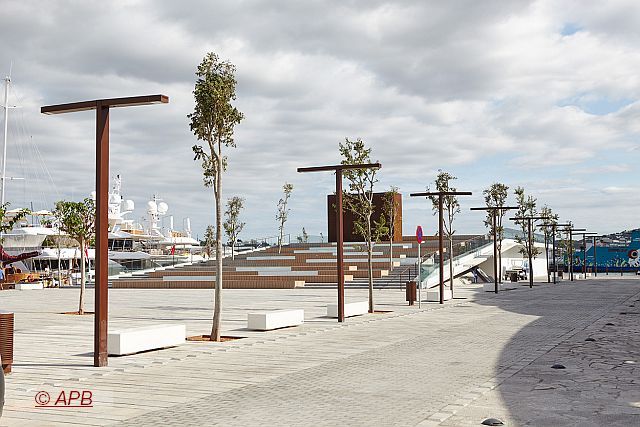
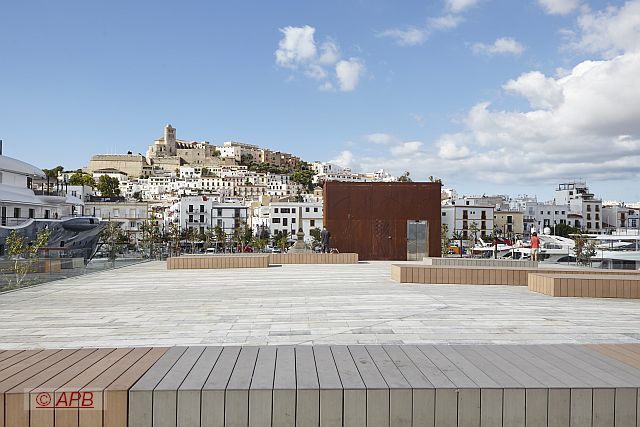
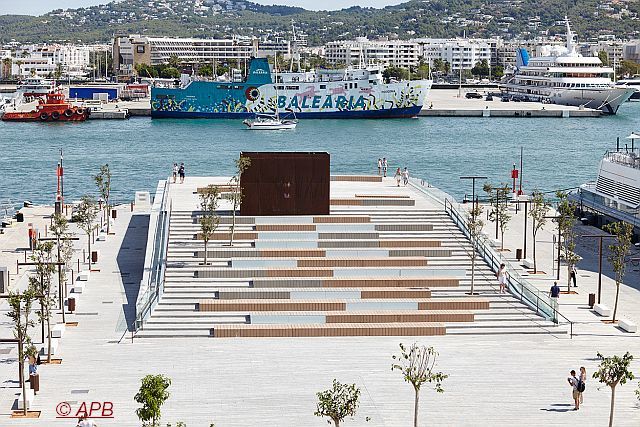
The work to refurbish and restyle the Contramuelle quay has cost €1.4 million and provided jobs for 60 people. It has been rounded off by Sovren Marina’s installation of new berths for large yachts on the Levante quay as part of the €3.5 million the concession operator is investing in the Port of Ibiza in 2017.
The oldest part of the Port of Ibiza next to the World Heritage Site called Vila – the name Ibizans use to refer to their town – has brought in the summer of 2017 by showing off its most dazzling aspect and completely revamped look.
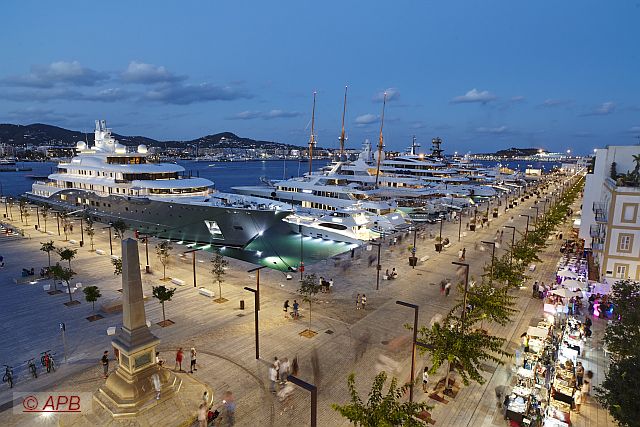
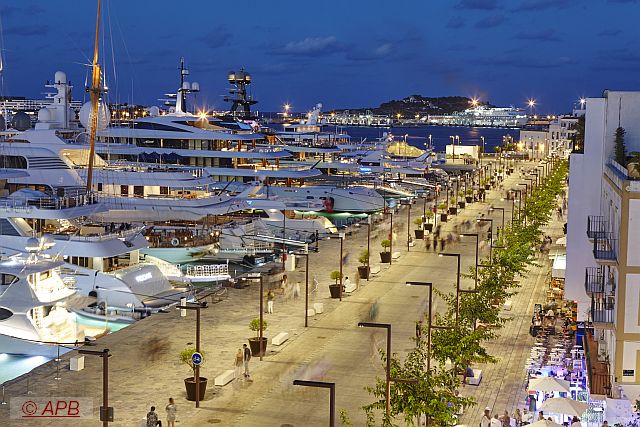
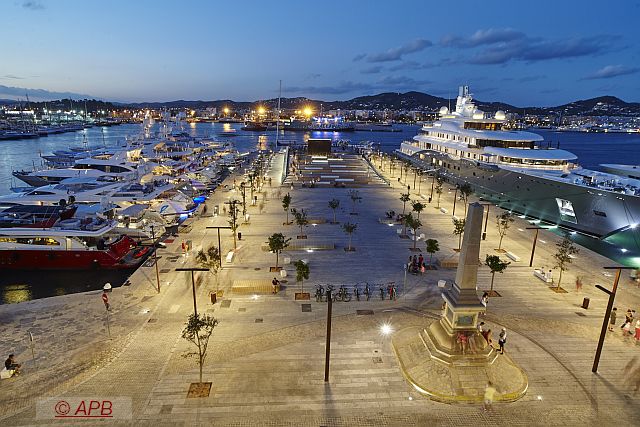
An ongoing project
While the bulk of this transformation of the Port of Vila has already been completed, there are still a few phases left before it is finally finished. The basic design and final design for the passenger terminal for traffic between Ibiza and Formentera are currently being drafted.
It is an ambitious plan that includes building the new passenger terminal, which will be used by two million passengers a year, and its adjoining areas for port and port-city uses. It will mean moving the fishing industry port and the dry dock to another area so we can build a large public underground car park. The design envisages a space open to pedestrians featuring services for the sea connection between the ports of Ibiza and La Savina (Formentera), including passenger boarding and disembarking access controls, ticket offices and company offices, waiting rooms and green spaces with children’s play areas, …
A port for all
The positive feedback was not long in coming a few months after the opening of es Martell and the Marina to the public. Traders in the area, residents’ associations and tourists in general have been effusive in their praise for the new waterfront area which the refurbishment has made available to them. It is a project which is as energetic as the children who now play on its promenade.
Pull quotes
“The port should not be an “add-on” to the town; it is part and parcel of the town itself.”
Josep Ferrer, architect for the project
“We believe that the change the Port Authority of the Balearic Islands has begun by engaging more with the town (residents and traders) is positive. This is the way to go and in 10 years we will have a port which is much more in tune and involved with the people who live there and those who come to visit us.”
Enrique Welker, Chairman of the Port of Ibiza Residents and Traders Association
“Quality of life in the town has been improved while respecting its history, providing spaces for new uses and equipping the town with a new, unique and attractive area packed with opportunities thanks to the construction of the Es Martell plaza”.
David Calvo, Mixis Arquitectos




